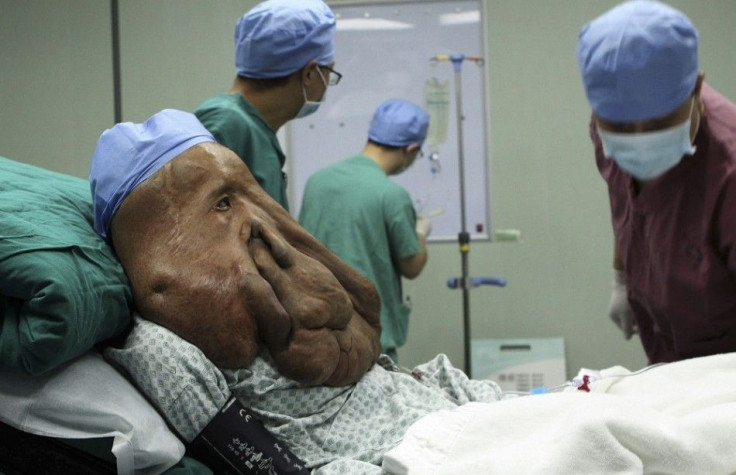Human Trials Start On Cancer-Fighting Properties Of Berry Found Only In Queensland

Human trials will start on cancer-fighting berry found only in Queensland after researchers from the QIMR Berghofer Medical Research Institute in Brisbane finished an eight-year study on the fruit.
According to research, the berry from the blushwood tree (Hylandia dockrilli), can kill face and neck tumours, reports Science Alert. Indigenous communities have been using this berry for hundreds of years.
So far, the drug manufactured - called EBC-46 - has been tested on 300 animals such as cats, dogs, horses and the Tasmanian devil, and in 75 per cent of the animal trials, the tumours disappeared.
"There's a compound in the seed - it's a very, very complicated process to purify this compound and why it's there in the first place, we don't know," ABC quoted Glen Boyle, lead researcher from QIMR.
Boyle explained that besides killing directly the tumour cells, the compound also cuts off its blood supply and activates the body's immune system to clean the mess left by the tumour.
A bonus to EBC-46 is its lack of side effects when used to treat cancers and it yields fast results. When it is injected directly into the tumour site, it takes effect within five minutes and the tumour vanishes within 15 days minimum period by falling off from the skin. In contrast, many current cancer drugs takes weeks to treat a tumour. However, it works only on external tumours, not on internal ones.
The only drawback is that the tree grows only in the Atherton Tablelands in far north Queensland. Attempts to grow and cultivate the plant in farms have failed. Boyle said despite the limited supply of the cancer-fighting berry, they were able to produce enough of EBC-46 to start the human trials.
The journal PLOS One published the results of the QIMR study. Other types of berries had also been known in preventing other types of cancers.
YouTube/MediaSourceTV




















